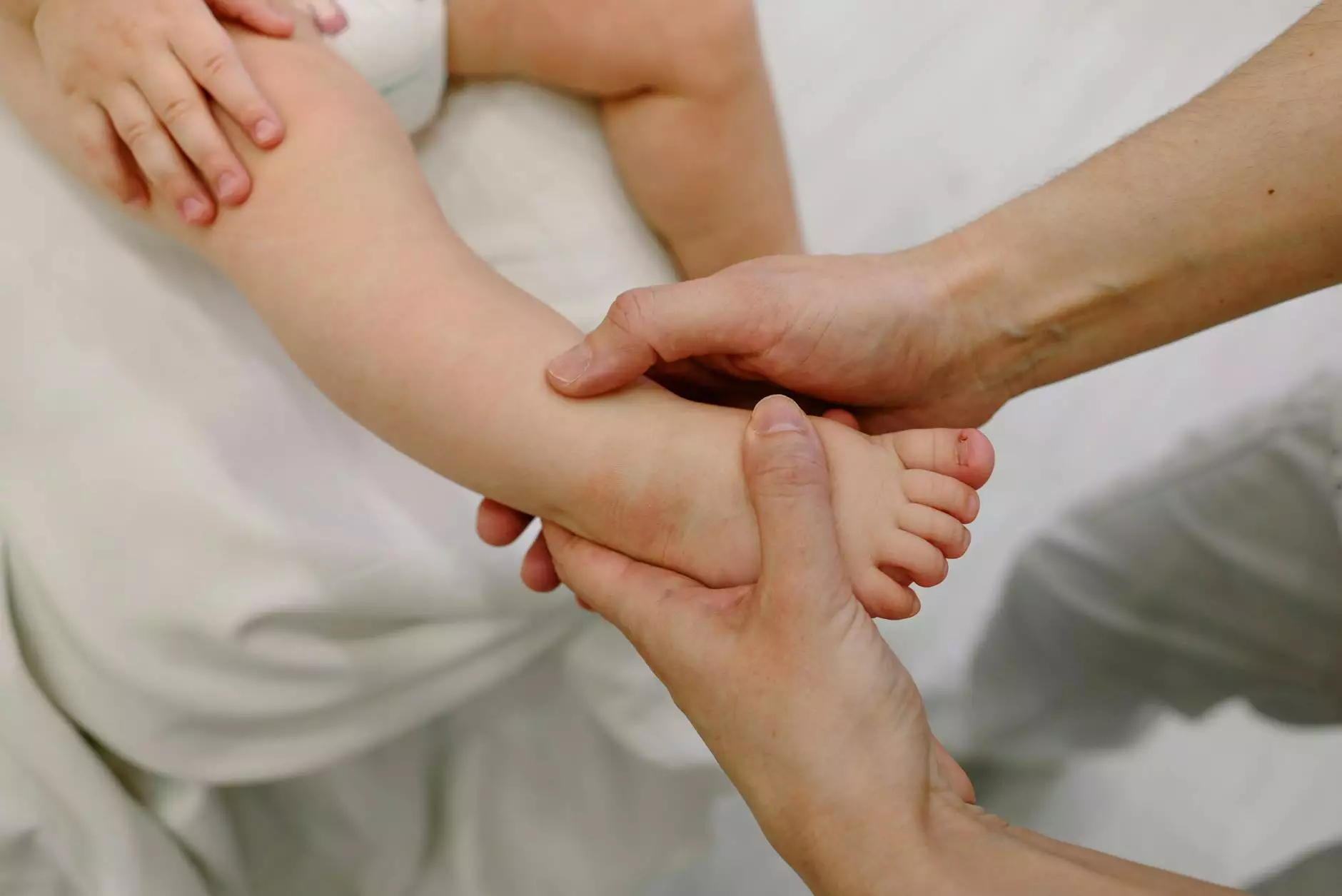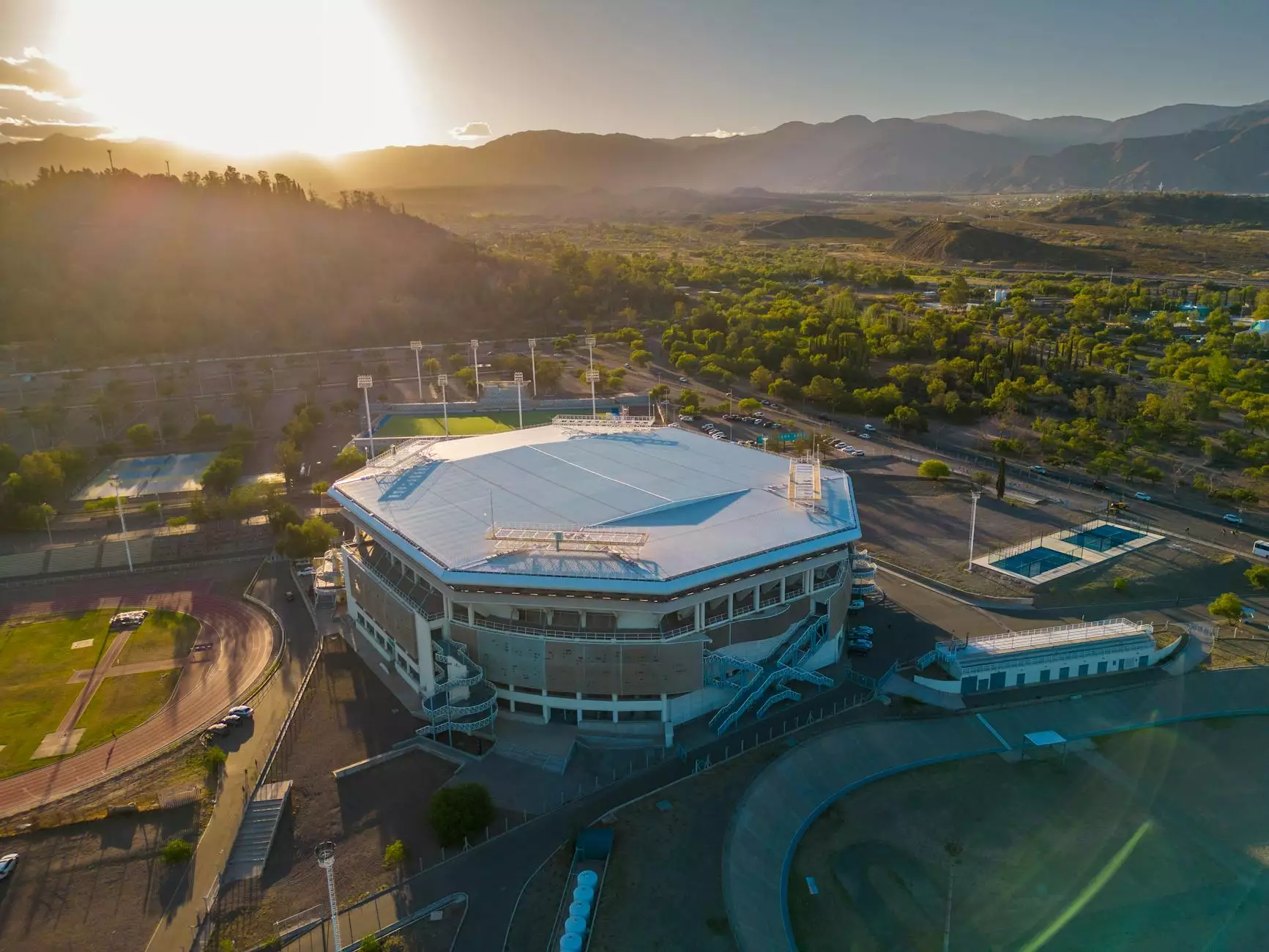Muscles of the Foot and Lower Leg - Essential Info for Podiatrists and Foot Care

The Importance of Understanding Muscles of the Foot and Lower Leg
In the world of podiatry and foot care, a comprehensive understanding of the muscles present in the foot and lower leg is crucial. These intricate structures play a vital role in maintaining a healthy foundation and mobility. By recognizing the various muscles and their functions, both podiatrists and individuals can ensure optimal foot health.
The Muscles in Focus
1. Gastrocnemius Muscle
The gastrocnemius muscle, commonly known as the calf muscle, is located at the back of the lower leg. This muscle spans from the knee joint and divides into two heads, attaching to the Achilles tendon. It aids in walking, running, and jumping movements, providing strength and power.
2. Soleus Muscle
The soleus muscle is situated beneath the gastrocnemius muscle in the lower leg. It plays a significant role in maintaining postural stability, especially during standing and walking. The soleus works in conjunction with the gastrocnemius, aiding in everyday leg movements.
3. Tibialis Anterior Muscle
The tibialis anterior muscle is situated at the front of the lower leg. It originates near the shin and extends down into the foot, attaching to the first metatarsal and first cuneiform bones. This muscle allows for dorsiflexion, which is the movement of lifting the foot and toes toward the leg. It also helps control foot stability during walking.
4. Peroneus Longus Muscle
The peroneus longus muscle runs along the outer side of the lower leg and foot. It starts near the upper portion of the fibula bone and extends to the first metatarsal bone. This muscle plays a vital role in maintaining balance, controlling eversion (outward movement of the foot), and assisting in supporting the arch of the foot.
5. Extensor Digitorum Longus Muscle
The extensor digitorum longus muscle is located on the front of the lower leg, adjacent to the tibialis anterior muscle. It runs down to the toes and primarily functions in extending the digits, aiding in toe extension and foot mobility. This muscle also contributes to maintaining the arches of the foot.
Management and Care
As a podiatrist or someone seeking foot care, it is essential to understand the significance of these muscles in maintaining overall foot health. Proper management and care of these muscles can lead to improved mobility, reduced risk of injuries, and enhanced overall foot function.
Tips for Maintaining Healthy Muscles:
- Regular stretching exercises: Ensure you incorporate appropriate stretches for the calf muscles, soleus, and other relevant muscles to prevent stiffness and promote flexibility.
- Strengthening exercises: Engage in targeted exercises to strengthen the muscles of the foot and lower leg, aiding in stability and preventing imbalances.
- Wear supportive footwear: Invest in shoes that offer proper arch support, cushioning, and shock absorption to provide optimal comfort and reduce strain on the muscles.
- Maintain a healthy weight: Excess body weight places additional stress on the foot and lower leg muscles. Maintaining a healthy weight can significantly reduce strain and prevent complications.
- Regular check-ups: Schedule regular visits with a podiatrist to monitor foot health, address any concerns promptly, and receive professional guidance tailored to your individual needs.
Conclusion
Being knowledgeable about the intricate network of muscles in the foot and lower leg is crucial for podiatrists and anyone seeking foot care. Understanding the functions and management of these muscles allows for a proactive approach towards maintaining optimal foot health. By paying attention to muscle health, through regular stretching, exercises, proper footwear, weight management, and regular check-ups, individuals can ensure their overall foot well-being and minimize the risk of foot-related complications. Prioritize your foot muscles, and embark on a journey towards healthier and happier feet!
muscles of foot and lower leg








